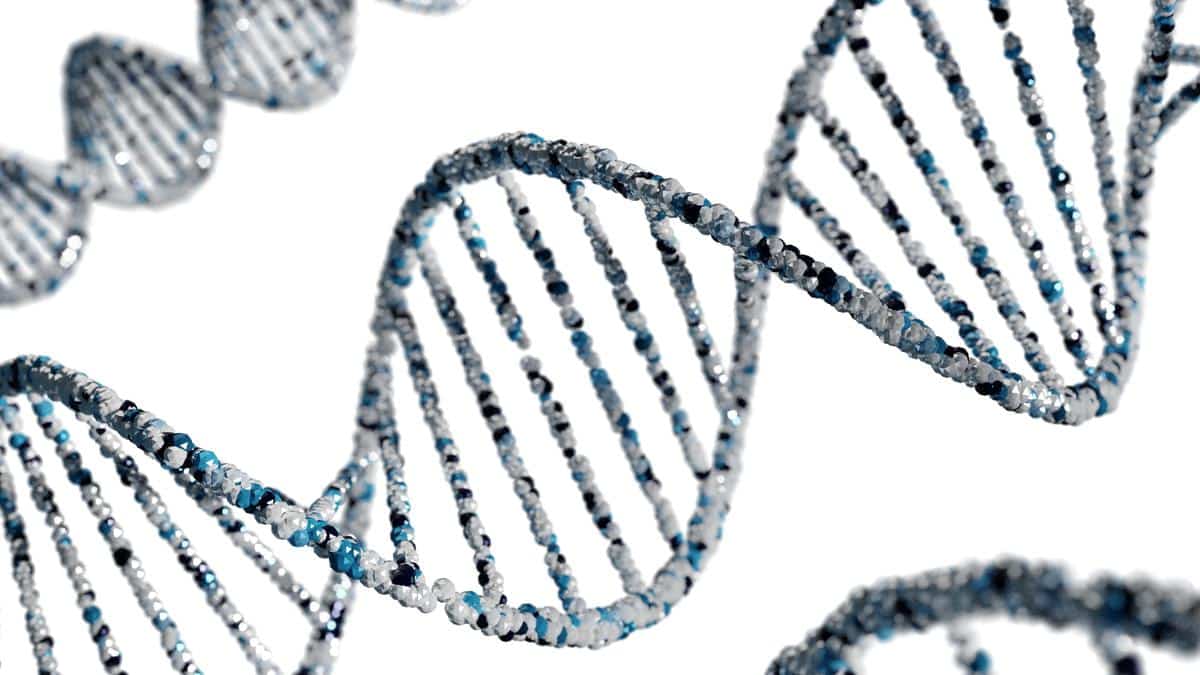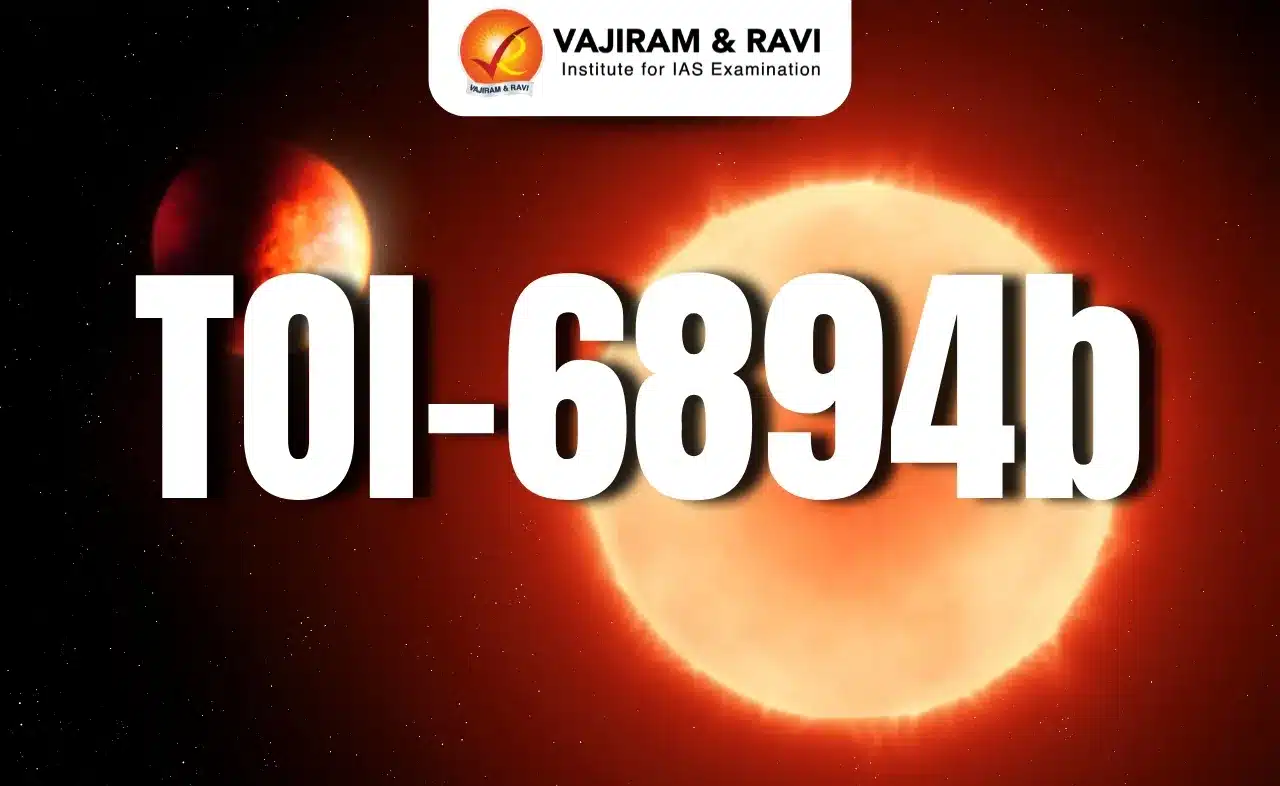About Cell-free DNA:
- In the human body, most of the DNA in a genome is neatly packed inside cells with the help of specific proteins, protecting it from being degraded.
- In a variety of scenarios, some fragments of DNA are ‘released’ from their containers and are present outside the cell, in body fluids. These small fragments of nucleic acids are widely known as cell-free DNA (cfDNA).
- How they are generated/released?
- It can be generated and released from a cell in a number of possible situations, including when a cell is dying and the nucleic acids become degraded.
- Since an array of processes modulates the degradation, the amount, size, and source of the cfDNA can vary across a range as well.
- This could occur together with a variety of processes, including those required for normal development, those related to the development of certain cancers, and those associated with several other diseases.
Applications of cfDNA
- One of the most widely used applications of cfDNA has been in screening foetuses for specific chromosomal abnormalities, an application known as non-invasive prenatal testing.
- It is useful tool to understand human diseases and to use the knowledge to improve diagnosis, monitoring, and prognosis.
- It is useful in understanding why a body is rejecting a transplanted organ.
- This could be used as a biomarker for neurological disorders like Alzheimer’s disease, neuronal tumours, stroke, traumatic brain injury.
Q1) What is a biomarker?
A biomarker, short for biological marker, is a measurable and quantifiable characteristic or substance that indicates the presence or severity of a particular biological process, disease, or condition. Biomarkers can be found in various biological materials, such as blood, urine, tissue, or saliva, and they are used to assess the physiological or pathological state of an organism.
Source: Cell-free DNA promises to transform how we find diseases
Last updated on June, 2025
→ UPSC Notification 2025 was released on 22nd January 2025.
→ UPSC Prelims Result 2025 is out now for the CSE held on 25 May 2025.
→ UPSC Prelims Question Paper 2025 and Unofficial Prelims Answer Key 2025 are available now.
→ UPSC Calendar 2026 is released on 15th May, 2025.
→ The UPSC Vacancy 2025 were released 1129, out of which 979 were for UPSC CSE and remaining 150 are for UPSC IFoS.
→ UPSC Mains 2025 will be conducted on 22nd August 2025.
→ UPSC Prelims 2026 will be conducted on 24th May, 2026 & UPSC Mains 2026 will be conducted on 21st August 2026.
→ The UPSC Selection Process is of 3 stages-Prelims, Mains and Interview.
→ UPSC Result 2024 is released with latest UPSC Marksheet 2024. Check Now!
→ UPSC Toppers List 2024 is released now. Shakti Dubey is UPSC AIR 1 2024 Topper.
→ Also check Best IAS Coaching in Delhi






















